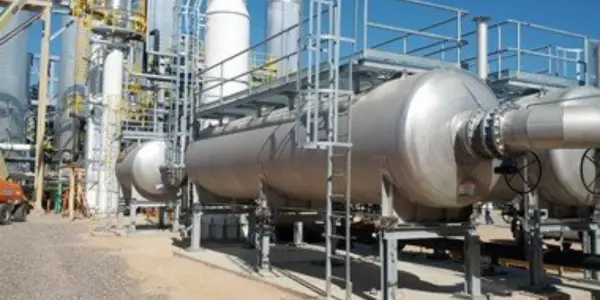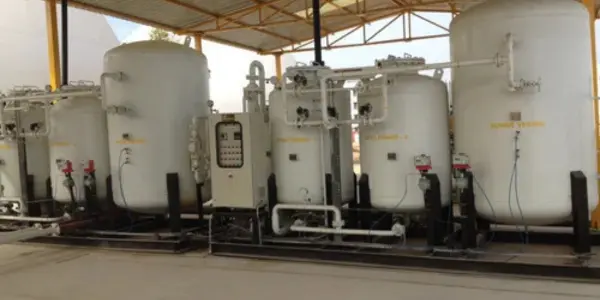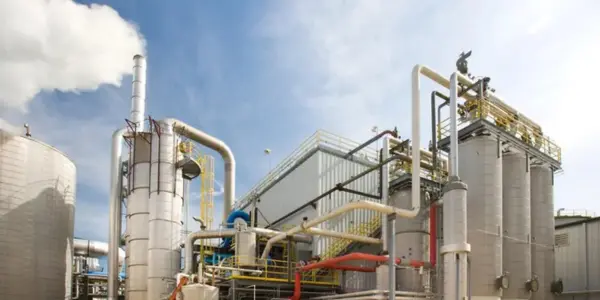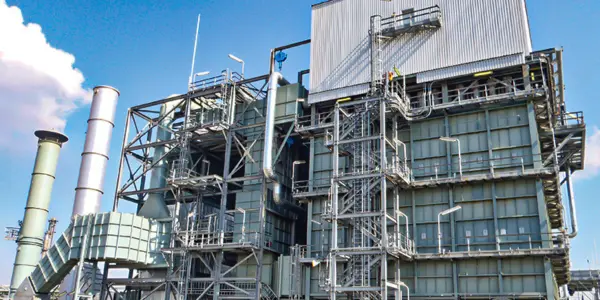Air & Gas Treatment
Ensuring air purity is essential for public health, leading industries to comply with emission standards and to cleanse the air and gasses involved in their operations. Activated carbon emerges as an exceptionally efficient method for removing gaseous pollutants, facilitating seamless industrial processes, and contributing to a cleaner environment.
Air Purification – VOC Removal
Activated carbon offers a potent remedy for air purification challenges. Our comprehensive range of activated carbon products can absorb a broad spectrum of Volatile Organic Compounds (VOCs), such as BTEX, along with various aliphatic, aromatic, halogenated, and ketone substances. Available in granular, extruded, and powdered variants, our activated carbon solutions can be customized to address particular process needs, offering flexible and efficient approaches to mitigate air pollution effectively.

Acid and Alkali Gases Treatment
Activated carbon absorbs acid and alkali gasses, such as H2S, SO2, NH3, and NaOH fumes, from air streams. Its high surface area and ability to be chemically impregnated enhance its pollutant removal efficiency. This method is essential to control pollution in industries such as sewage treatment, refineries, and chemical processing.

Biogas purification
Carbon has proven highly effective for H2S removal, excelling through physical adsorption and chemisorption. Studies in dynamic adsorption using a fixed bed setup reveal that coal or coconut-activated carbons deliver superior performance when impregnated with alkali salts or metal complexes.
Sulfur, a prevalent contaminant in gas streams, must be removed to protect catalysts and prevent odorous emissions. The ACSI product series is designed specifically for sulfur removal in air and oxygen-deficient environments, offering high capacity and, in certain instances, allowing for in-situ regeneration.
ACSI provides a range of customized product grades for H2S removal, varying according to the environment’s oxygen content.

Pressure Swing Adsorption Systems
Using activated carbon in pressure swing adsorption (PSA) systems is vital for the onsite generation of high-purity gasses in food processing and petrochemicals. It efficiently separates essential gasses such as oxygen and hydrogen from the air, enabling localized production and supporting processes like methane stripping and CO2 removal. This approach enhances cost-effectiveness, scalability, and safety by reducing reliance on gas transport and storage.

Reformer gas treatment
Activated carbon protects metal catalysts used in these Catalytic reforming units in refineries from fouling by organic and inorganic contaminants, including sulfur compounds, extending catalyst life and ensuring efficient operation.

Flue Gas Treatment/Mercury removal
Flue gas, generated from waste incineration of hazardous materials, medical waste, and waste-to-energy processes, contains harmful pollutants such as heavy metals (mercury) and dioxins. These pollutants pose significant health and environmental risks, necessitating stringent regulations and effective removal methods.
Two primary methods of utilizing activated carbon are direct dosage, Which Injects treated powdered activated carbon into the flue gas to adsorb contaminants, and Fixed-Bed filtering, Which Passes flue gas through filters packed with sulfur-impregnated activated carbon for efficient pollutant capture. This specific type of carbon enhances the material’s ability to capture and retain mercury, making it a specialized and effective solution for stringent mercury removal in various applications.


